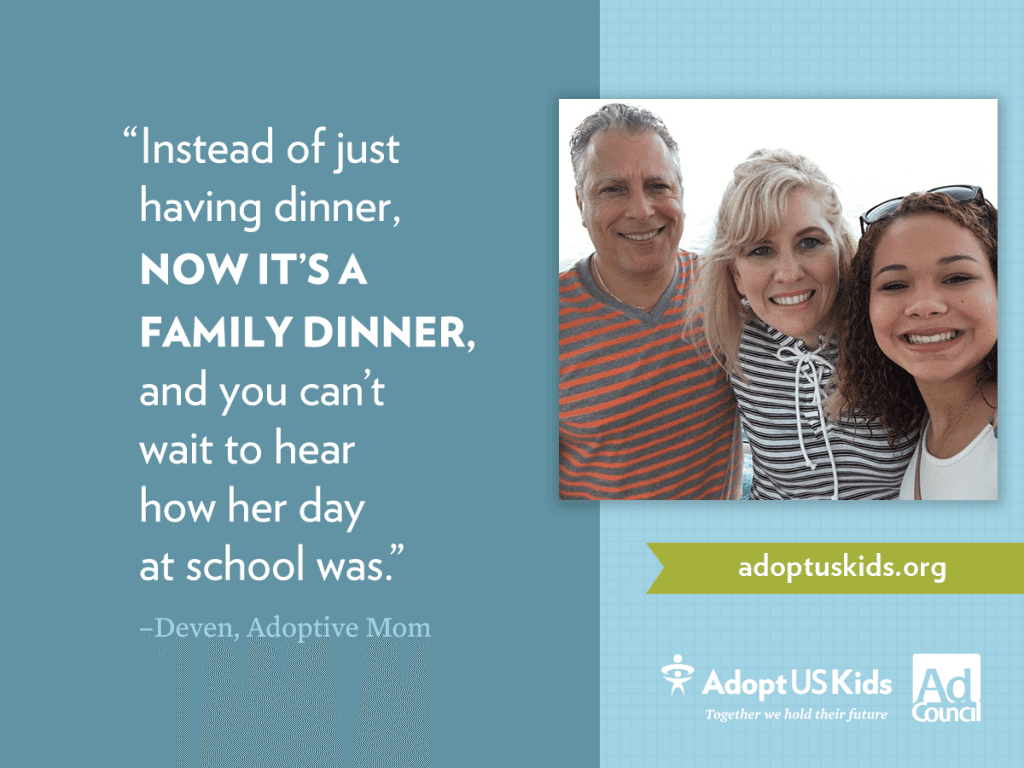Children are one of the most important assets that our nation has. They should all be loved, nurtured, and given the feeling that they are needed; because they are. As the years pass, we as adults fade away and get older and our children are the ones we will be “passing the baton” to. So what can we do to ensure that we are creating good homes for our future leaders, teachers and future business owners? Maybe you already have kids and you are thinking that all of these things are already going on in your household, and that is great! But the sad fact is that there are thousands of kids in the US who do not have a place to call home or a family to call their own.
I am sure that you have heard of foster care, everyone has, right? But what do you really know about foster care? Is it just something you know about, where kids who have no homes go? More people need to be made aware of what foster care is, what it means, and the resources that are out there for people who are interested in fostering or adopting these children and young adults who are longing for a place to call home.
“There are 428,000 youth in the U.S. foster care system and 112,000 are waiting to be adopted.”
AdoptUSKids’ maintains a national photo listing service for children waiting to be adopted. Since the project launched in 2002, more than 26,000 children who were once photo listed on adoptuskids.org have been adopted and nearly 39,000 families have registered to adopt through the website. Nevertheless, older youth are disproportionally represented – approximately 43% percent of children and youth photo listed on adoptuskids.org are between 15 and 18 years old, but only 17% of those adopted have been in this age group.

The journey to becoming a foster parent often involves many of the same steps you would take to become an adoptive parent. There are many things to consider prior to making the decision, so it’s good to take your time and make sure this is the right fit for your family. You don’t need to own your own home, have children already, be young, wealthy, or a stay-at-home parent to foster.
Some of the Misperceptions about Adoption from Foster Care:
• Adoption is expensive. Unlike the private adoption of an infant or adopting internationally, there are virtually no costs associated with adoption from the US child welfare system. In addition, the vast majority of youth adopted from foster care are also eligible for monthly adoption assistance up to the level of the foster care rate.
• You have to be married. You do not have to be married to adopt in most states. Many children have been very successfully adopted by single parents. Single-parent families accounted for 29 percent of all adoptions from foster care in 2014 (AFCARS).
• You have to have a college degree. Having a high school diploma or college education is not required. What is important is that you are stable, flexible, and compassionate, and that you have a good sense of humor. Most importantly, you must have the support and commitment to raise a child and to be there for him throughout his life.
• You have to own a home and each child has to have their own room. You can rent your home or live in an apartment or a mobile home so long as your living situation is a stable one.
• You have to be of child-bearing age to adopt. Experienced parents and empty-nesters are encouraged to adopt. In most instances, you’re eligible to adopt regardless of age, income, marital status or sexual orientation.
• You can only adopt a child who is the same race and ethnicity as you. Federal law prohibits the delay or denial of an adoptive placement based on the race or ethnicity of a child in U.S. foster care and the prospective parent or parents who are seeking to adopt them. The only exception to this law is the adoption of Native American children where special considerations apply.
• You can’t adopt if you’re in the military. Military families stationed overseas and within the U.S. are eligible to adopt children from the U.S. foster care system.
Contacting a local foster care agency is the best way to connect with resources and learn about policies to become a foster parent in your State. Choosing an agency should take into account your family’s personal preferences regarding the services provided by that agency. You can either use our interactive map of state adoption and foster care information for finding a local agency, or search Child Welfare Information Gateway’s National Foster Care and Adoption Directory.
The truth is there are kids out there who need YOU. And whether you realize it or not, maybe you need them too. For more information about adoption, or about becoming an adoptive parent to a child from foster care, please visit www.adoptuskids.org or visit the campaign’s communities on Facebook and Twitter.
We were not compensated for this post.




Leave a Reply